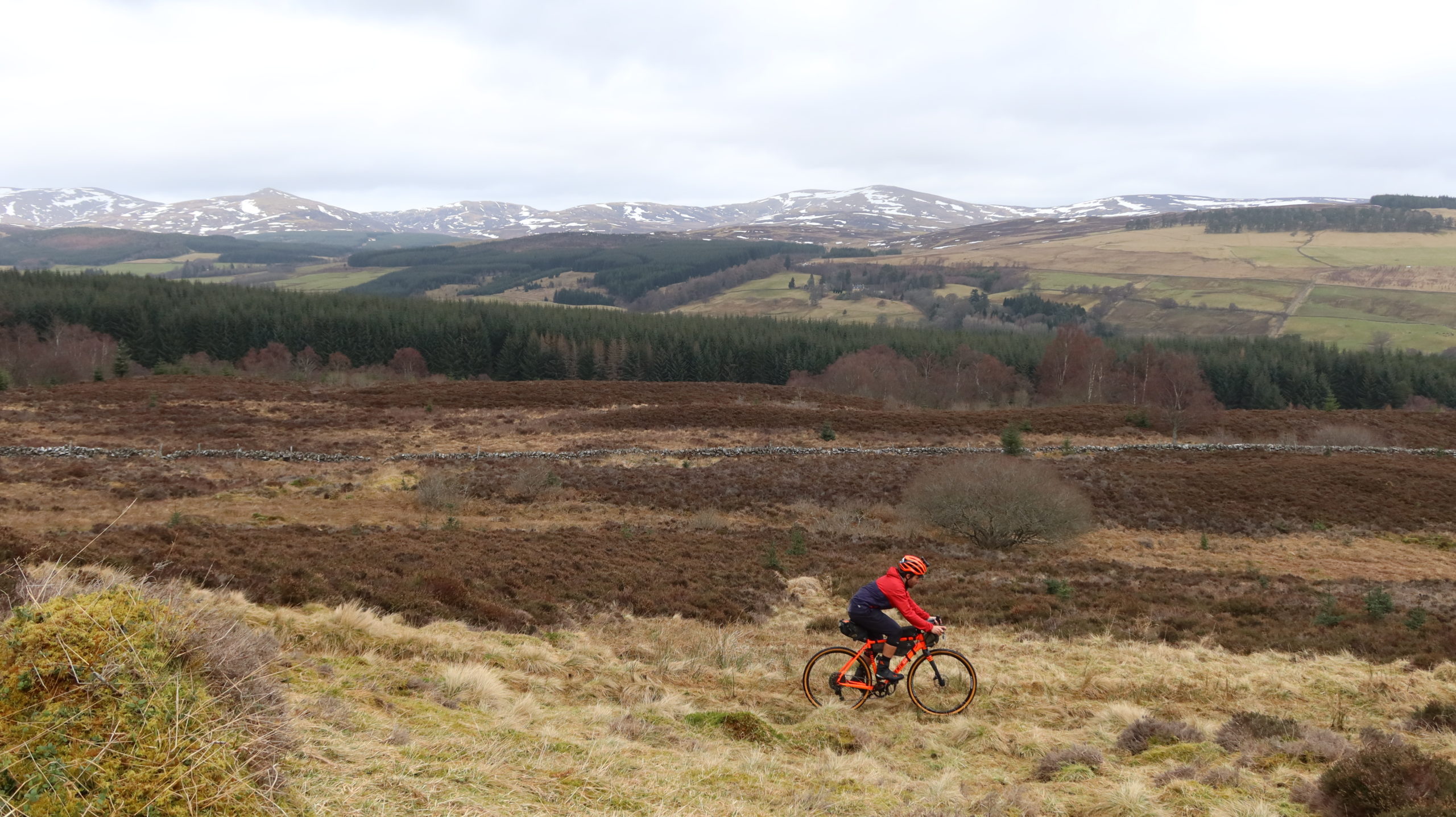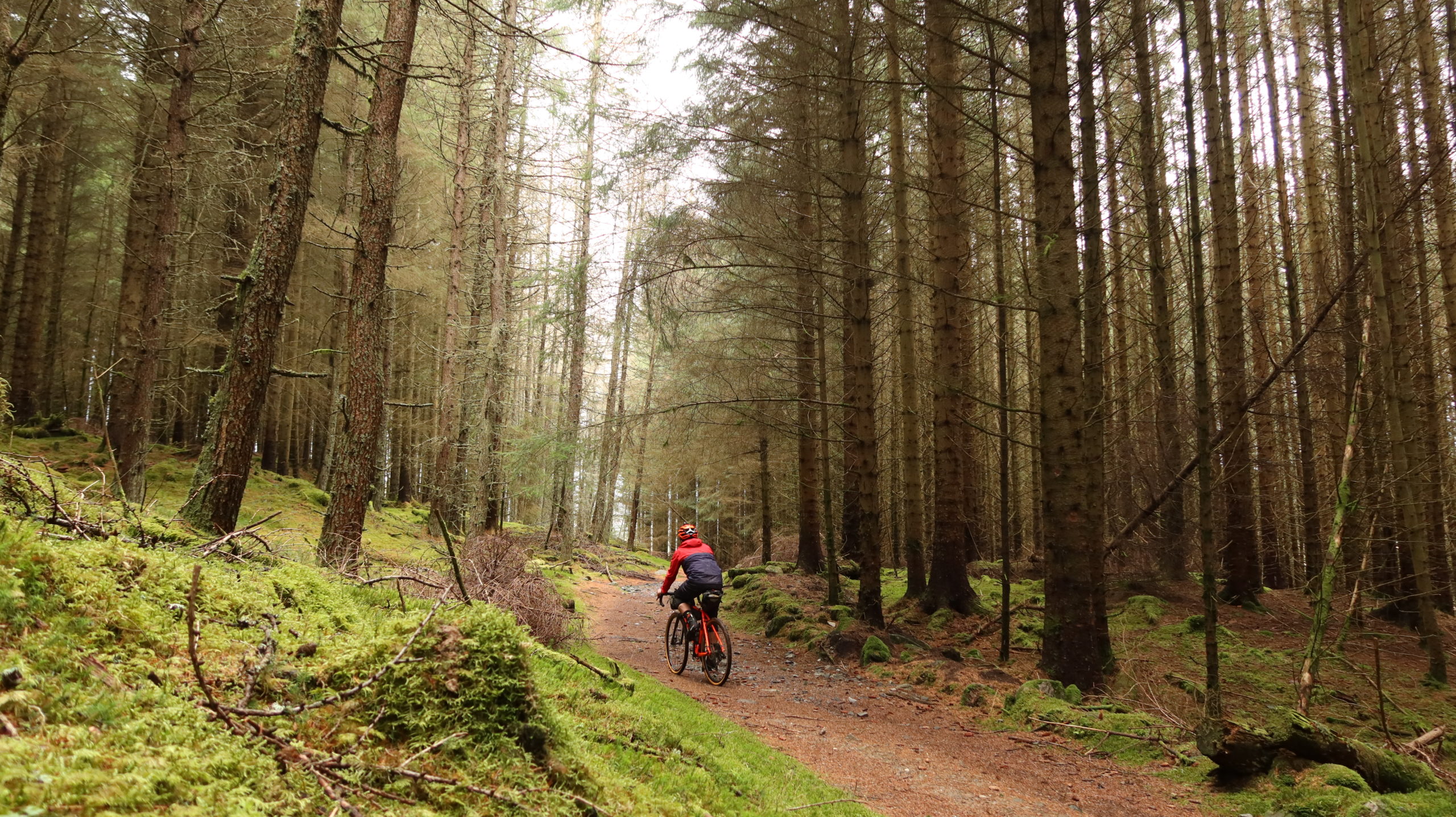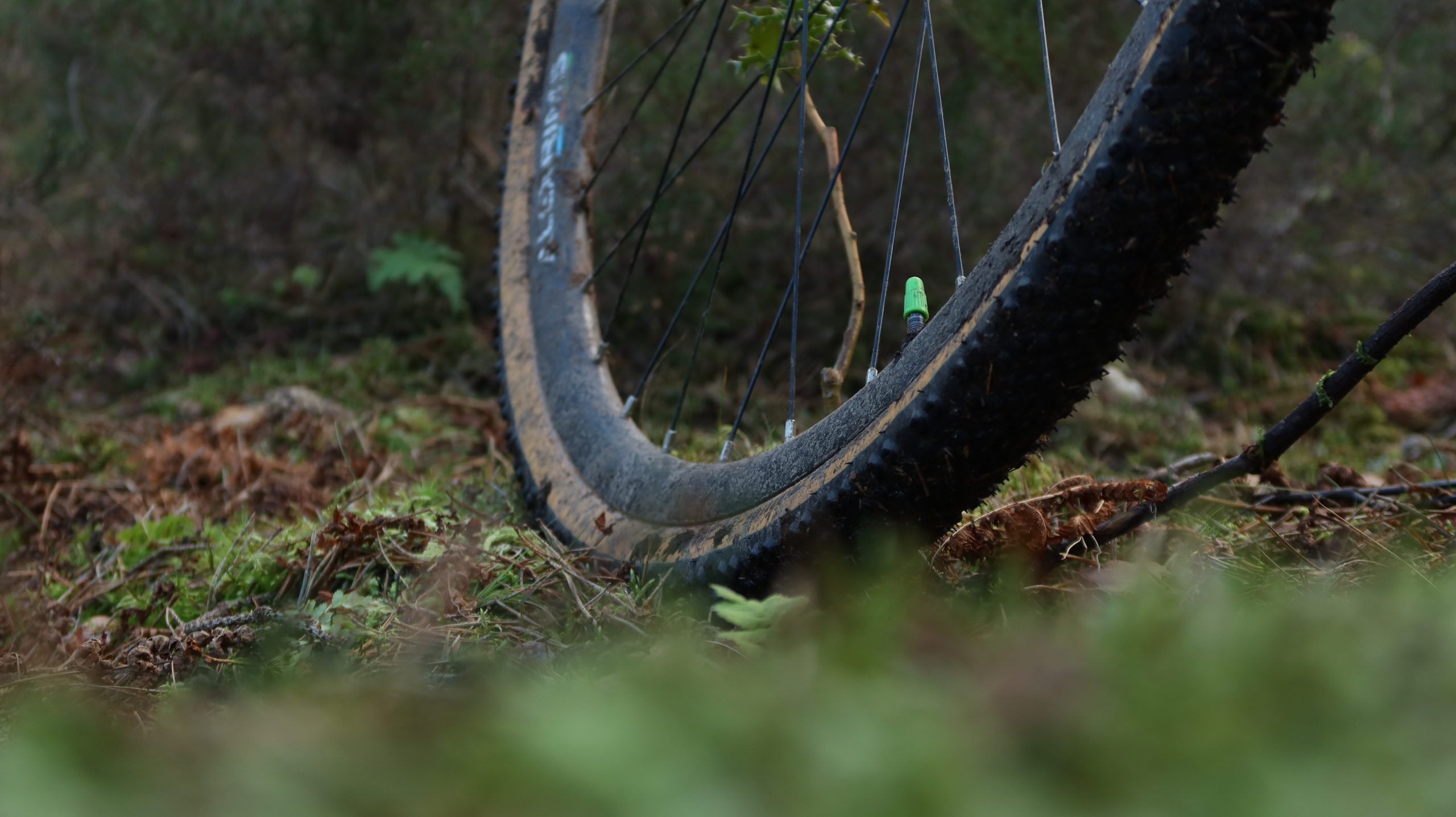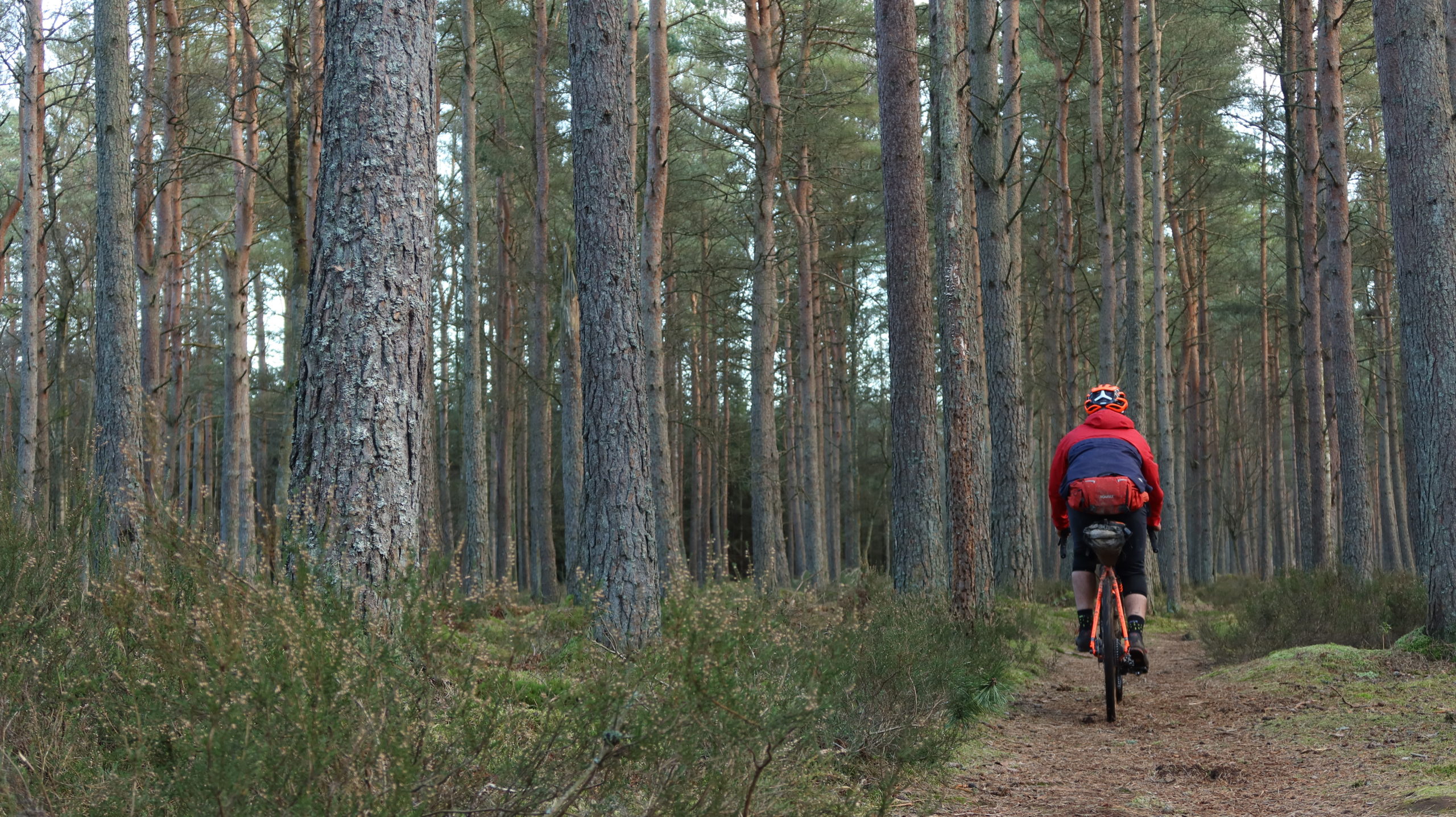Gravel further

Markus Stitz has worked on developing gravel routes in Scotland in Highland Perthshire, Argyll and most recently in the Cateran Ecomuseum (pictures in this blog are from there). He has also raced a gravel bike across the Tian Shan and discovered the advantages of swapping to a mountain bike for the Atlas Mountain Race. In his latest blog, he helps you plan your own gravel bike route.
If you are an adventurous rider and simply want to get lost, gravel riding is superb. A gravel bike gives you the chance to ride most off-road routes, while at the same time having the freedom to cover bigger miles on tarmac too, without too much drag and loss of speed. I recently re-discovered the three editions of Harold Briercliffe’s ‘Cycling Touring Guides’ from the 1940s (Northern England, Southern England and Central England) and found a wonderful quote in there: ‘It is a convenience to be able to carry or push a bicycle six miles instead of retracing 40 or 50 miles of a roundabout route.’
If you look at the Instagram account of the Rough Stuff Fellowship, you’ll soon discover that riding bikes with drop bars off-road is nothing new. While steel frames are still a great choice for some riders (Surly, Fairlight, Shand, Genesis, Cotic and others produce great steel frames), the material of modern gravel bikes ranges across different materials, from titanium to carbon, from aluminium to steel. Often metal frames are complemented with a light-weight carbon fork. There are suspension forks available too, but most bikes are rigid. What sets gravel bikes apart from a 1960s steel road bike is tire clearance. Modern gravel bikes take tires up to 45mm wide or greater, so the ‘rough stuff’ is much easier and comfortable to ride. You’ll also often have the choice between riding a 700C or 650B wheel. I prefer bigger wheels for rolling over obstacles easier, but a slightly smaller wheel diameter will help to fit wider tires into the same bike, or make the handling better if you are on a small frame.

But what if you have the bike ready to roll, and seek inspiration for your first gravel route? To look for gravel riding ideas in Scotland, I often consult the Scottish Hill Tracks book or the Heritage Paths website. Military roads, drovers roads and other historic paths provide a huge pool of inspiration. There are loads of Facebook groups, websites etc with existing routes too, but of varying degrees of quality. A Google search will help and point you in the right direction. But after years of riding other’s routes, I prefer to plan my own (and assist local councils and other organisations with my knowledge).
As with bikes, there is now a great variety of route planning apps available online. You can also download a free copy of Garmin Basecamp as well. My choice to plan most routes is Komoot, as it not only works across different platforms (as an app on my phone and website on my desktop), but is also based on Open Street Maps, so the mapping looks the same wherever in the world I plan my routes.
There is also another distinct advantage of Komoot, as it offers a differentiation between different types of cycling: Bike touring, mountain biking, road cycling, gravel riding and enduro mountain biking. If you are a beginner with little off-road experience, then expect to push your bike at times with the gravel riding option, or select the bike touring option. As an advanced rider looking for more of a challenge, you can use the mountain biking option.

While it’s not perfect, most of the routes it suggests are fun on a gravel bike, with the adventurous bit of singletrack thrown into the mix at times. It often helps double-checking the route created by Komoot, and making manual adjustments afterwards. The reason why I like planning my routes on the webpage is that pressing the key ‘M’ hides the line of the route, making it possible to see the path/road.
Even a free Komoot account offers you to use the Open Cycle Map layer. The OpenCycleMap is also available on its own here. It’s a global cycling map based on data from the OpenStreetMap project, updated every few days. While mapping routes in Scotland is pretty straight forward with the generous access rights, off-road access in England, Wales and Northern Ireland is is only allowed on cycle paths, which are marked in with a dashed blue line on the map, and bridleways, marked with a dashed green line. Although I couldn’t find an example myself, there is also a dashed wide dark brown line which marks track that you can physically cycle down (more probably on a mountain bike), which could be a bridleway or some form of byway; but you may not necessarily have a legal right to do so (i.e. it could be private). So it’s possibly good to stay clear of those.

Komoot also offers a Google Satellite layer, which I often use to double-check my routes. While you can’t find every detail of a track, it’ll give you a good idea whether the surface is tarmac, gravel or grassy. If a path is hardly visible there, you might be in for an adventure.
Another great help to plan your route is the profile and surface (waytypes), and Komoot helps with this too. Anything over 15% uphill off-road will be a proper challenge to cycle or push for most, and the combination of descending down a 20% gradient on a singletrail or path means that a mountain bike will no doubt be a better choice. Singletracks are graded from S0 – S5, and from personal experience the first three grades up to S2 are ok to ride with a gravel bike. Looking at all the details in advance will hopefully prevent you from ending up on a downhill or enduro MTB track with the wrong bike. But if you do, treat it as an adventure and look for the next road to make up the lost time. The beauty of a gravel bike is that it will allow you to do exactly that.






